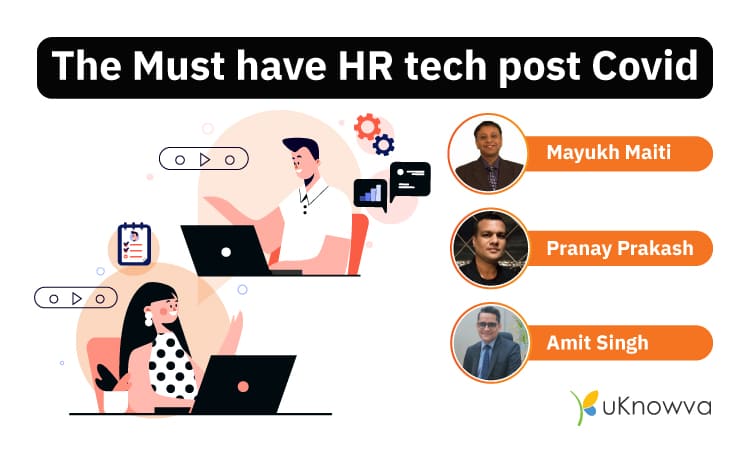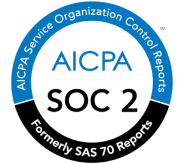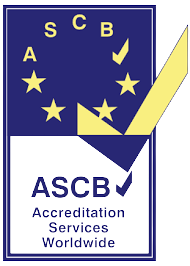
The pandemic has heralded a paradigm shift to what we called the ‘new normal’ - that was overnight transformations of offices into virtual workplaces and heightened the gravitas for the digitization of HR activities.
In the pre-Covid Period digitization was a prospective aim for organizations which now became an imperative step to propel their businesses.
The post-pandemic era shall now become a testament to a fresh start wherein organisations surviving this fight will gain benefit from implementing advanced HRTech.
In the face of this revolution, we held a webinar on the Must-Have Tech Post Covid. The guests on this webinar were industry experts, Mayukh Maithi (Executive Vice President HR at Tata Capital), Pranay Prakash (Heads People Operations at Delhivery), and Amit Singh (Head of Human Resources at SBI Funds Management Private Ltd).
Evolution of HR Tech Over Time
The discussion was primarily about the evolution of HR Tech over time. Mayukh pointed out that technology has transitioned in waves, starting from early 2000, till the present.
The primary wave was of ERP when organizations required an employee data management system. The secondary wave brought about the Performance Management Systems (PMS) and the ternary wave introduced to the industry the Self-empowering tools.
None of these waves focused on the software being user friendly and effective daily.
The Covid wave of 2020 shifted the focus from the existing HR Management Tools to accessibility tools that helped in increasing the productivity of the employees during and post the pandemic.
Tools like Zoom Meetings and MS Teams, are popular collaboration tools that provide better controls to all users and are used to manage teams remotely.
Software companies are creating multiple, integrated management platforms. There are appraisal platforms, recognition platforms, and an approval system, which are all integrated under one network system of the organization.
The Covid wave brought the focus from creating a platform for the users to creating a wholly encompassing experience for the employees.
It was added that now the management software aims for an ‘LXP’ (Learning Experience Platform). The LXP is aimed to be “The Netflix of Learning”, where the employee can choose what he wants to do. Depending on his interest, the work is customized and given.
Pranay Prakash Talking About Must-Have Tech Post Covid Insights:
Further in the webinar, Pranay Prakash took the stage and talked about the various levels in which Tech comes in handy.
From the basic administrative level to the management level where a total analytic score is needed to foresee the future of an organization.
Such a system has not yet been molded, and the task of forecasting is left to the CFOs, the ERP Systems, and the analysts of the organization. Besides, he mentioned the obsolescence of the “Suite” packages sold by IT companies, buying software from distinct organizations, while maintaining a single database for all.
Continuing the discussion, Amit discussed some tools and factors that can help an organization take financial decisions, and divide the priorities between the employees accordingly.
In the recent development of HR technology, Machine Learning is playing a big role in investment decision making. In the banking sector, as predicted by Amit, machines will be making decisions on how the invested money grows, with minimal human involvement. Investment analysts are working towards making a tool that can predict the future of the portfolio the investor chooses so that he can make an informed commitment.
Pranay gave his insights on the innovative ways technology can be utilized in the new normal.
A few of the HR tech solutions according to him were-
- System for the Management of Gig Workers, to record productivity.
- A system that can grow along with the amount of gig workforce employed.
- Measuring the mental health of the employees using artificial intelligence.
- A system that can indicate when a person is about to fall sick.
Circling near the end of the discussion, the challenges in adopting HR technology and the cyber threats faced by the users was addressed by Pranay, Mayukh, and Amit.
Challenges faced in adopting the HR tech:
- Not enough focus, resource, bandwidth to HR tech platform, because the mindset is stuck on the old school administrative side of HR.
- The ability of HR to create a need for the system, and make the management provide budgets for the same.
- Not enough research is done on providing solutions. Also, developers are not completely aware of what is available in the market. They don’t give time to identifying the problem, and the gap before coming up with a solution. They also don’t experience problems firsthand, due to which they cannot relate to the platform they are creating.
- Changing the mindset of the organization. - HR needs to undertake the responsibilities of convincing the management and making the organization use the new platforms.
- Adoption - how to get the employees to use the system? No effort is put in for making employees implement new technology.
How to mitigate cyber threats, while using technology?
- Create the right kind of information security policy, procedures
- A VCP (vendor compliance program) to monitor the systems and platforms, policies created.
- The right management, who can make the employees follow the security guidelines and take measures if they are taking unnecessary risks or being careless with the official system.
- Inform, train, and communicate the importance of cybersecurity, and identify threats to the users.
The discussion came to an end, by opening the forum to the audience for the question-answer round.
The Q/A Round Of The Webinar
The common focus areas for predictive analytics:
- Data is not limited.
- Recruitment and Productivity (with business data).
- Concept of “data lake” where there is a pool of data over the years for the analytics model to be up and running.
Drawbacks of the rapid evolution of AI and predictive analytics
- Unless the final call is not taken by the machine according to the data, there are no major drawbacks of the evolution.
- Even though the final analysis is given by the machine, the concluding decision should be taken by humans.
Upcoming tech solutions in the recruitment domain
- Assessment tools
- AI that helps in choosing the right candidates
- Facial recognition, analytics during interviews
- Handwriting analytics
With the work from home culture slowly coming to an end, will the HRM systems (collaborative platforms) adopted in the lockdown become redundant?
- Depends on how the software has changed the way the organizations’ have started looking at work, and if the platforms are no longer required.
- The need of the hour is to continue and build upon what we all have learned during the past year, and if it means continuing or discarding the systems adopted, that decision is on the company.
Does Cloud computing streamline the recruiting process?
- Cloud computing helps in mitigating the costs, in terms of data storage, availability of the server space, etc. It does not affect the recruiting process. The process does not need any kind of computing as long there is clarity on the type of process (physical and virtual) to be carried out while recruitment.
With the summarising of the discussion on HR trends and a vote of thanks, the webinar - ‘Must-Have Tech Post Covid’ came to a successful end.












